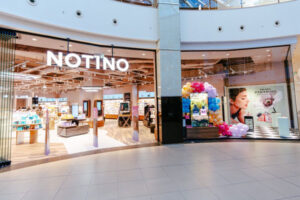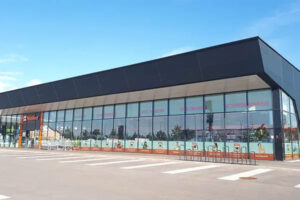By Bart Vink
The transaction of buying goods has become secondary to experiences and the creation of meaningful memories. At Redevco, we refer to this change in consumer shopping behavior as a new “retail state of mind”, where consumers shift from a need-to-buy mindset to a need-to-enjoy mindset when they shop at their favorite retail destinations. With the subsequent shift from a sales-centric retail landscape to an experience-centric retail landscape, location risk has risen on the agenda.
By now, most of us in the retail real estate industry understand why we have to address consumer demands in a more holistic way. We know that we need to emphasize customer engagement and placemaking when we build or re-develop inner-city areas or suburban retail destinations, like shopping centers and retail parks. We want to enable shoppers to enjoy great experiences and make visiting places worthwhile. At the same time, retailers increasingly realize that it is more important than ever that they shift their physical retail concept towards consumer experience. People want to accumulate meaningful memories, so, as developers of such environments, we try to align with retailer demand and create customer engagement.
A knee-jerk reaction is to immediately think: Food & beverage – that is what we need. F&B is hot, it is everywhere, and we constantly talk about it at all conferences. We even dedicate entire trade shows to the topic, and rightly so. Anyone wanting to create attractive retail destinations these days should definitely consider a good F&B offering, but it is the mix of functions that counts. An additional requirement revolves around the fact that modern consumers prefer to enjoy these functions in nice environments. They want to combine shopping with leisure activities, visiting a museum, or taking a nice stroll in an area full of cultural and historical highlights – all within a thriving city.
The city you are in also matters. Therefore, location selection is becoming even more important for us as retail real estate investment managers. In choosing the city, there are a number of factors beyond the retail real estate developer’s immediate control. In addition to economic and demographic factors, the experience part of the destination, including historical, cultural, and leisure points of reference, is unique to every city. This is what we call city quality. To make sure we pinpoint the right locations before any investments are made, our City Attractiveness Model is used. This model surveys four aspects of urban areas: demographics, economics, retail property market performance, and city quality. While all of these are important, we take special note of the fourth aspect.
Once the spot in the right city is found, creating shopping destinations that will enjoy ongoing popularity can begin. The optimal mix includes great retailers, a good gastronomic offer, and leisure options. A bespoke approach is mandatory in the creation of the right experiential offering. Placemaking is not a blueprint business; we try to find that special niche, an outstanding destination, although form and function vary. A customer engagement-led focus remains at the heart of everything, linking all approaches. Simply copying and pasting successful concepts from one place to another will neither do the trick nor convince the modern customer.
Sign up for our ACROSS Newsletter. Subscribe to ACROSS Magazine.






